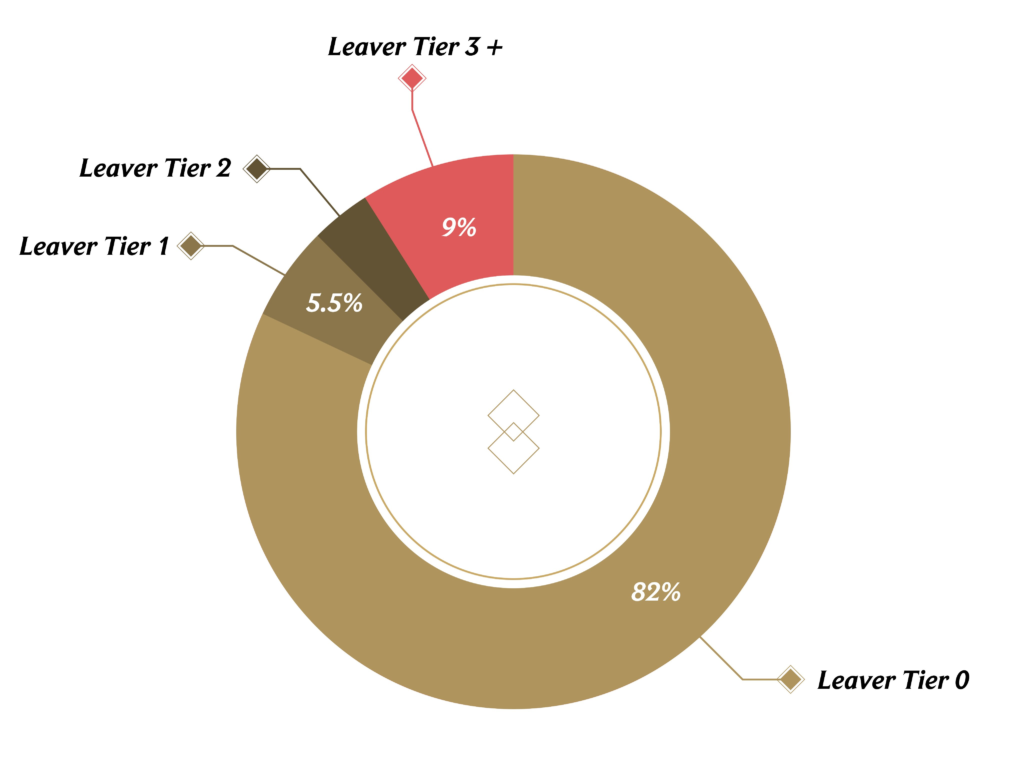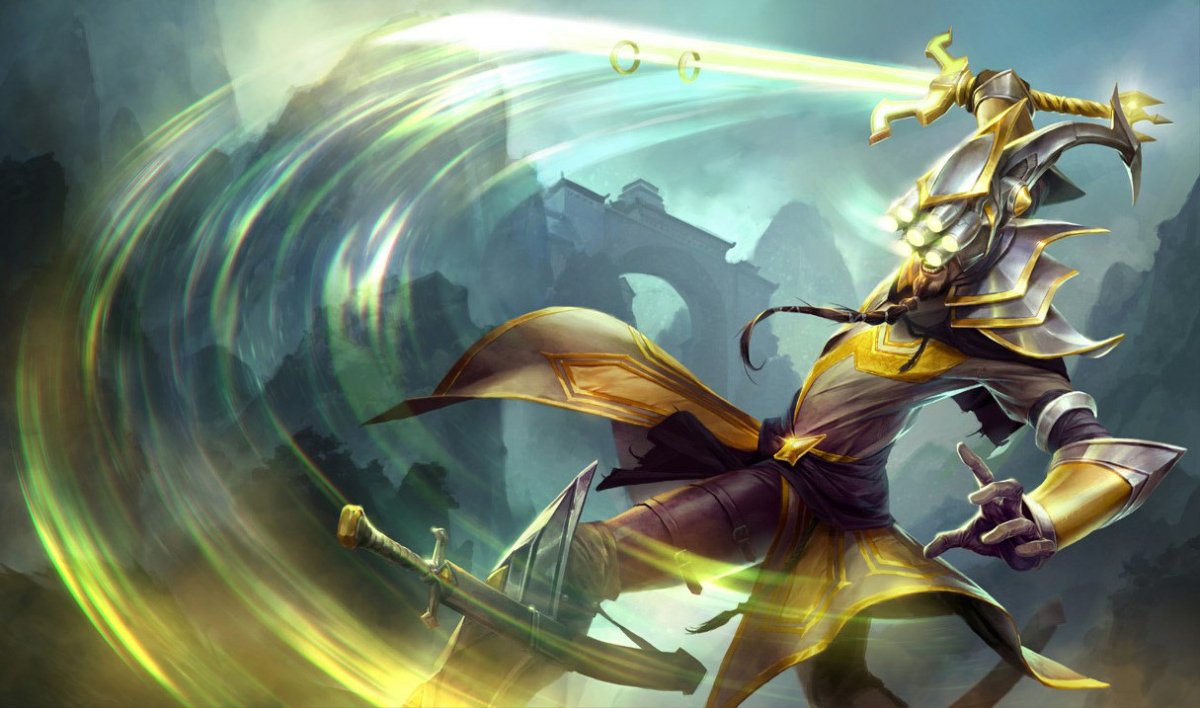Riot Games’ fight against disruptive League of Legends players continues.
Behavioral systems producers BarackProbama and TimTamMonster discussed AFK behavior in a dev blog today, outlining a new “queue lockout” system to reduce the number of leavers in all MOBA modes. By adding additional penalty tiers, repeat offenders will be “removed” from the “population for a while.”

The current penalty system enacts queue delays for offending players, blocking them from hopping into a match for their next few games. The new queue lockout system hands out “mega-delays,” according to Riot, preventing players from queuing up for days at a time.
“For most folks Queue Delays work well, but about 9% of our players worldwide engage in consistent AFK behavior and don’t seem to be deterred by a few delays between their games,” according to the blog post. “When a player experiences a Queue Lockout, they will have a popup displayed explaining their punishment and will be unable to start games in MOBA queues.”

Penalty tiers one to three will not issue queue lockouts, only queue delays that progressively get longer over five games. Tier four is when the queue lockouts kick in, removing players from hopping into a match for one day. Tier five, six, and seven then raise the queue lockout time to three, seven, and 14 days respectively. And once the queue lockout timer expires, violators then still have to undergo the maximum-level queue delay of 15 minutes for five games.
Riot is also making some changes on how reformed players are evaluated. The existing system currently makes it difficult for those in high-penalty tiers to lower their punishment. A “more sophisticated model” should assess multiple factors and be more effective in rewarding good behavior. And devs also want to target gameplay reasons on why a player might AFK, such as inability to come back from behind, inability to deal with disruptive behavior in game, and connectivity issues.
It’s unclear exactly when the queue lockout system will be rolled out globally, but Riot will begin testing the changes in a few regions first.
Make sure to follow us on YouTube for more esports news and analysis.

